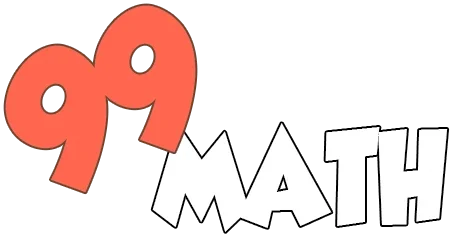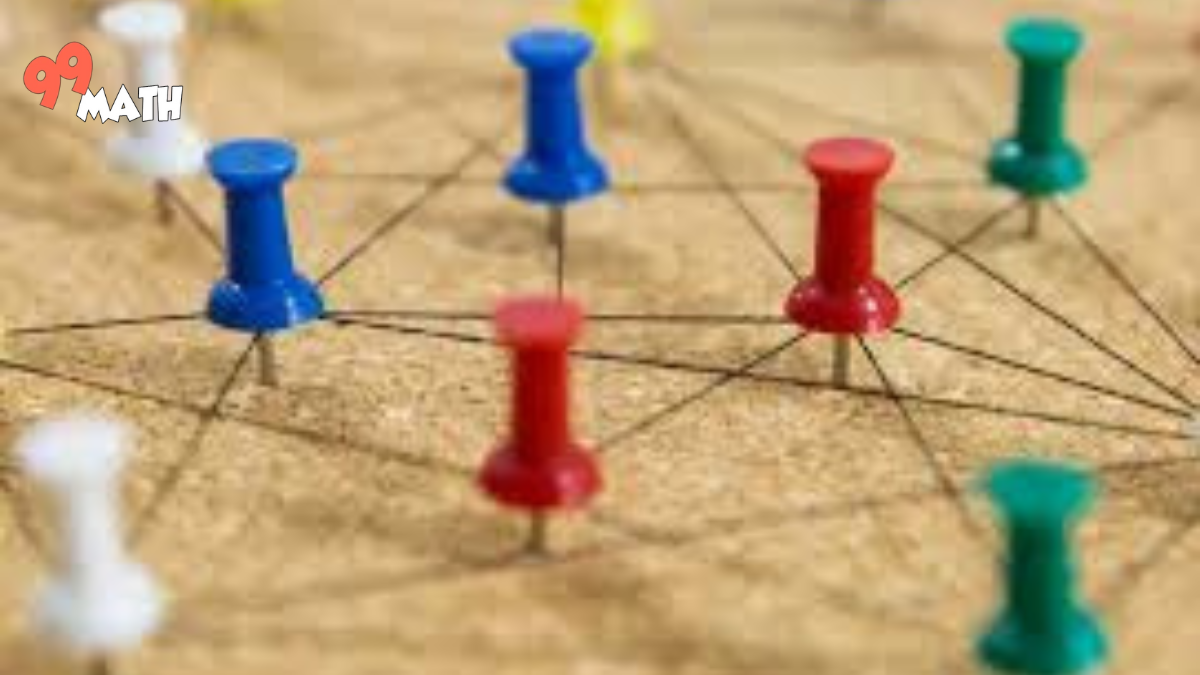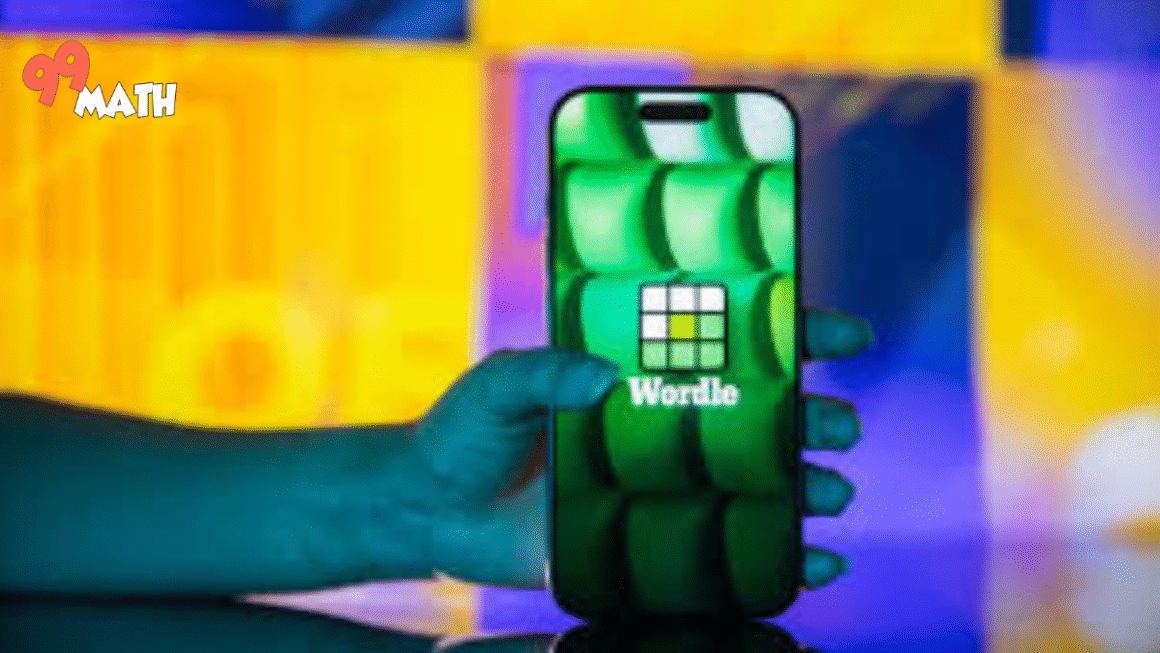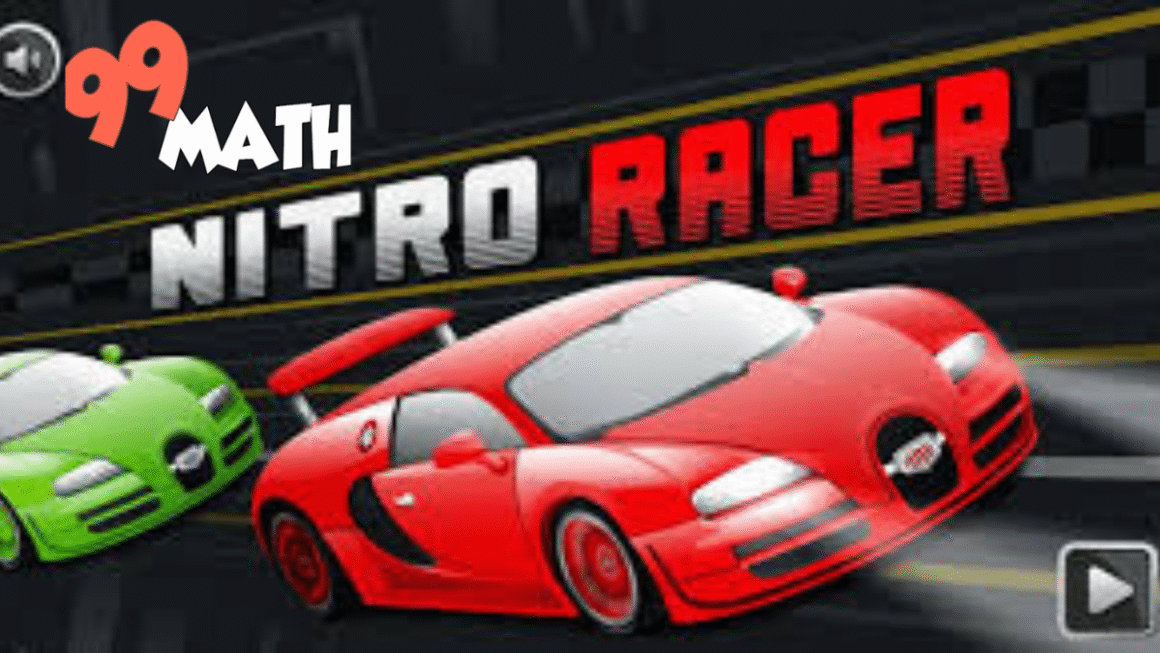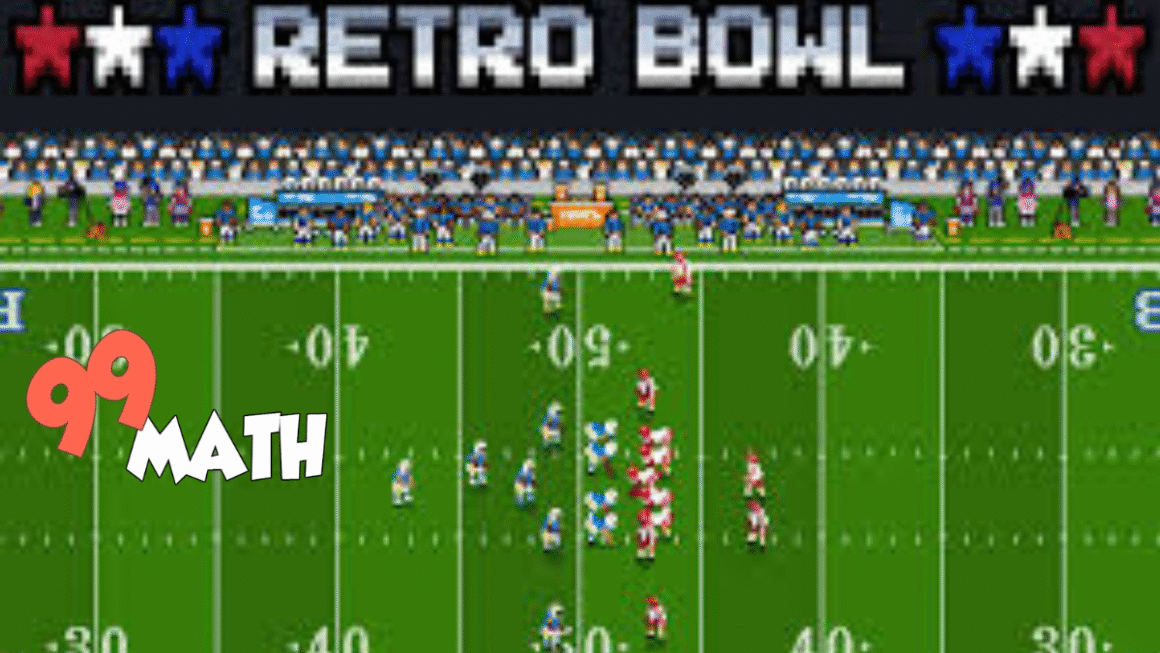Introduction
nyt connections In an age where digital distractions are endless, NYT Connections offers a refreshing blend of fun and intellectual challenge. Created by The New York Times, this word association puzzle game quickly climbed the ranks of daily brainteasers, captivating minds across the globe. With a design that seems simple at first glance, Connections invites players to group sets of words into categories — a task easier said than done.
nyt connections The puzzle isn’t just about language; it’s about how the human brain organizes information, sees relationships, and navigates ambiguity. That makes it perfect not only for vocabulary buffs but for analytical thinkers, curious learners, and lovers of logic games. Whether you’re a puzzle novice or a seasoned wordplay warrior, Connections provides a daily opportunity to test your mental agility in new and exciting ways.
nyt connections Beyond mere entertainment, this game stimulates parts of the brain tied to memory, linguistic processing, and categorization. As more people seek engaging ways to stay mentally sharp, it’s no wonder NYT Connections has become a breakout hit. In this article, we’ll take a deep dive into how the game works, the best strategies to succeed, and the cognitive benefits it offers. Get ready to sharpen your mind, boost your language skills, and unravel the secrets of Connections.
What Is NYT Connections?
NYT Connections is a word puzzle game introduced by The New York Times as part of its growing suite of digital brainteasers. It quickly distinguished itself from classics like Wordle and Spelling Bee through its unique gameplay mechanic: players are presented with a 4×4 grid containing 16 seemingly unrelated words. The challenge? Identify four groups of four words that are connected by a common theme.
nyt connections These themes vary widely — from simple categories like “colors” or “fruits” to trickier ones like “things that pop” or “words with silent letters.” What makes Connections so engaging is its blend of clarity and obscurity. Sometimes, a group stands out immediately. Other times, it takes several guesses and some out-of-the-box thinking to crack the code.
The game’s simplicity is deceptive. Unlike crossword puzzles that depend on definitions, or Wordle’s focus on spelling and deduction, Connections demands relational reasoning — the kind of mental skill often overlooked in typical games. Players must think laterally, recognizing not just literal meanings, but also idioms, cultural references, and wordplay nuances.
Part of the appeal also lies in the game’s structure. Each puzzle can only be played once per day, encouraging players to savor the challenge rather than binge it. This daily ritual, combined with the satisfaction of uncovering hidden patterns, has made NYT Connections a staple among puzzle enthusiasts and casual gamers alike.
How to Play NYT Connections: Rules & Gameplay
At first glance, NYT Connections may look like a jumbled list of unrelated words — but that’s part of its genius. The goal is to create four distinct groups of four words each, where all words in a group are related by a common theme. You’re given no clues, and the categories aren’t labeled until you solve them — so it’s up to your intuition and logic to find the hidden patterns.
Each puzzle has a specific difficulty structure: yellow (easiest), green, blue, and purple (hardest). Identifying the yellow group is usually straightforward, often involving clear-cut themes like “days of the week” or “types of fruit.” As you move toward the purple group, however, the connections become more obscure, relying on idioms, pop culture, or double meanings.
Players get unlimited attempts, but only four incorrect guesses are allowed before the game ends. That means strategic grouping is essential. One wrong connection can quickly spiral into frustration if it’s based on a false assumption.
The interface is clean and intuitive. You simply click on four words to create a potential group, and the game tells you immediately if you’re correct. If not, those words are deselected and you’re left to try again. This instant feedback loop is key to learning how to improve with each attempt.
Playing Connections is more than a game — it’s an exercise in pattern recognition, memory recall, and vocabulary application. Whether solved solo or collaboratively, it provides a satisfying, brain-boosting experience in just a few minutes a day.
Winning Strategies and Solving Techniques
While some may rely on instinct, seasoned NYT Connections players know that success lies in strategy. One of the most effective techniques is to start by identifying obvious categories. Look for word groups with clear semantic links, like months of the year, types of cheese, or famous authors. Isolating an easy group helps reduce clutter and narrows your focus.
Once the easy ones are sorted, the trickier part begins. This is where lateral thinking shines. For example, the word “bark” could relate to trees or dogs — you’ll need to examine surrounding words to find its true connection. Look for less obvious patterns like homophones, abbreviations, or shared prefixes/suffixes. Often, it’s about “what do these words have in common in a clever way?”
It’s also wise to keep track of failed combinations. If certain words consistently don’t match up with others, that can be a clue in itself. A good tip is to avoid grouping words solely based on instinct — always look for a rational justification.
Another useful tactic is thematic testing: create a hypothetical category in your mind (e.g., “emotions” or “game terms”) and then scan the grid to see which words might belong. This can help reveal hidden patterns that aren’t immediately obvious.
Remember, time isn’t a constraint, but the number of wrong attempts is. Thoughtful, deliberate grouping is far better than random guessing. With consistent practice and pattern recognition, even the trickiest purple groups will begin to reveal their secrets.
Tools and Resources to Improve Your Game
If you’re serious about becoming a NYT Connections master, you don’t have to go it alone. A range of tools and resources can help elevate your game and sharpen your skills. For starters, the official New York Times Games website archives all previous puzzles, allowing players to revisit and learn from older challenges.
Several third-party websites also offer daily hints without spoilers. These are particularly useful for players who want a gentle nudge in the right direction without completely giving the game away. You’ll find categorized clue breakdowns, difficulty assessments, and even thematic hints that keep the challenge alive while avoiding total frustration.
Online communities—like Reddit’s r/ConnectionsNYT—are also invaluable. Players discuss tough puzzles, share strategies, and debate category interpretations. This kind of collaborative puzzle-solving helps expand your perspective and trains your brain to see connections in new ways.
If you’re the kind who likes pen and paper, jotting down potential groups, synonyms, or themes can also be helpful. Organizing your thoughts physically can reveal associations you might miss on screen.
Finally, be cautious with solvers or cheat tools. While they can resolve the puzzle instantly, overreliance undermines the core appeal of Connections: discovering the solution yourself. Use them sparingly, ideally only after you’ve exhausted your own reasoning.
Conclusion
NYT Connections is more than just another word game — it’s a testament to the power of lateral thinking, linguistic creativity, and cognitive skill. What starts as a simple matching challenge quickly evolves into a daily mental workout that stimulates memory, enhances vocabulary, and promotes deeper logical reasoning.
As with any skill, practice makes perfect. The more you play, the more you’ll learn to spot subtle patterns, avoid common traps, and think in categories rather than isolated words. Whether you’re in it for the intellectual challenge or the joy of solving, NYT Connections offers a rewarding experience every single day.
So if you haven’t already, dive in and discover the thrill of uncovering hidden relationships. You might just find that the most meaningful connections aren’t just between words — but between the ways you think.
Also Read: wordle hint today
